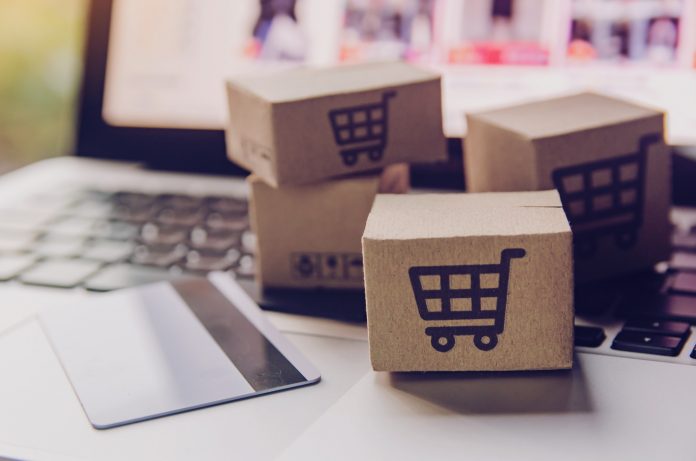MEDIA RELEASE 19.04.2021
The pandemic has led to many businesses adopting or expanding their online retail platforms, amid unprecedented disruptions caused by lockdown restrictions.
“While states have rolled back most restrictions on bricks-and-mortar retailers over the past six months, online retail sales have remained at higher levels. In February 2021, monthly online sales grew by 49.0% year-on-year, and accounted for 9.3% of total retail sales,” IBISWorld Senior Industry Analyst Matthew Barry said.
Online food ordering
Online food retailers have been a clear winner from the growing popularity of online shopping, with online food sales turnover growing by 65.1% over the year through February 2021, to reach $9.5 billion. Coles and Woolworths, major players in the supermarkets and grocery stores industry, have both experienced strong growth in their ecommerce divisions. The scale and scope of online grocery shopping options is quickly expanding, providing an advantage to larger players relative to independent grocery stores.
For many consumers, their first online grocery order was driven by a desire to avoid social contact during Covid-19 lockdowns. While social distancing requirements have lessened, consumers have continued to buy groceries online due to the time-saving benefits and convenience relative to shopping in store.
“The Covid-19 pandemic provided a major boost to the uptake of online grocery shopping, and both Coles and Woolworths are now working hard to expand their online supply chains to meet rising demand,” Mr Barry said.
Many establishments across the restaurants industry also adopted online food delivery platforms during the Covid-19 lockdowns, which have continued to see high use in 2021. Revenue across the online food ordering and delivery platforms industry rose by 17.6% in 2019-20, and is expected to rise by a further 12.1% in 2020-21.
“Meal kits are expected to continue growing in popularity as more restaurants begin to offer these products online, fuelling online food sales over the next five years. For example, Providoor is an online food delivery business that already offers consumers meal kits from some of the most well-regarded restaurants in Melbourne,” Mr Barry said.
Online shopping
Variety stores, and clothing, footwear and apparel stores have shown the highest online shopping activity over the past year. In the clothing retailing industry, many retailers have already adopted an omni-channel retail strategy, offering both an online and physical outlet for their customers, and therefore benefiting from sustained higher levels of online shopping activity. Online variety retailers, such as Kogan, have continued to appeal to a wider customer base due to their product range and competitive prices. In December 2020, over 43% of online shopping participants in Australia shopped online at variety stores, or fashion and apparel retailers.
The future of online shopping
Revenue for the online shopping industry is projected to rise at an annualised 6.2% over the five years through 2025-26, to reach $46.7 billion. Regional areas will likely have access to faster internet connections through the NBN rollout over the period, boosting the online retail customer base.
“Over the next five years, opportunities in the online retail space will likely stem from food and liquor sales, leisure and recreational experiences, and health and beauty retail, where online shopping participation is lower,” Mr Barry said.
Online stores are forecast to continue its threat to traditional bricks-and-mortar retailers over the next five years. Online-only stores generally have lower wage and rent expenses relative to traditional retailers, allowing them to pass on these cost savings to customers through lower prices. Consequently, many bricks-and-mortar retailers are projected to adjust their business model to increasingly focus on growing their online customer base over the next five years.





